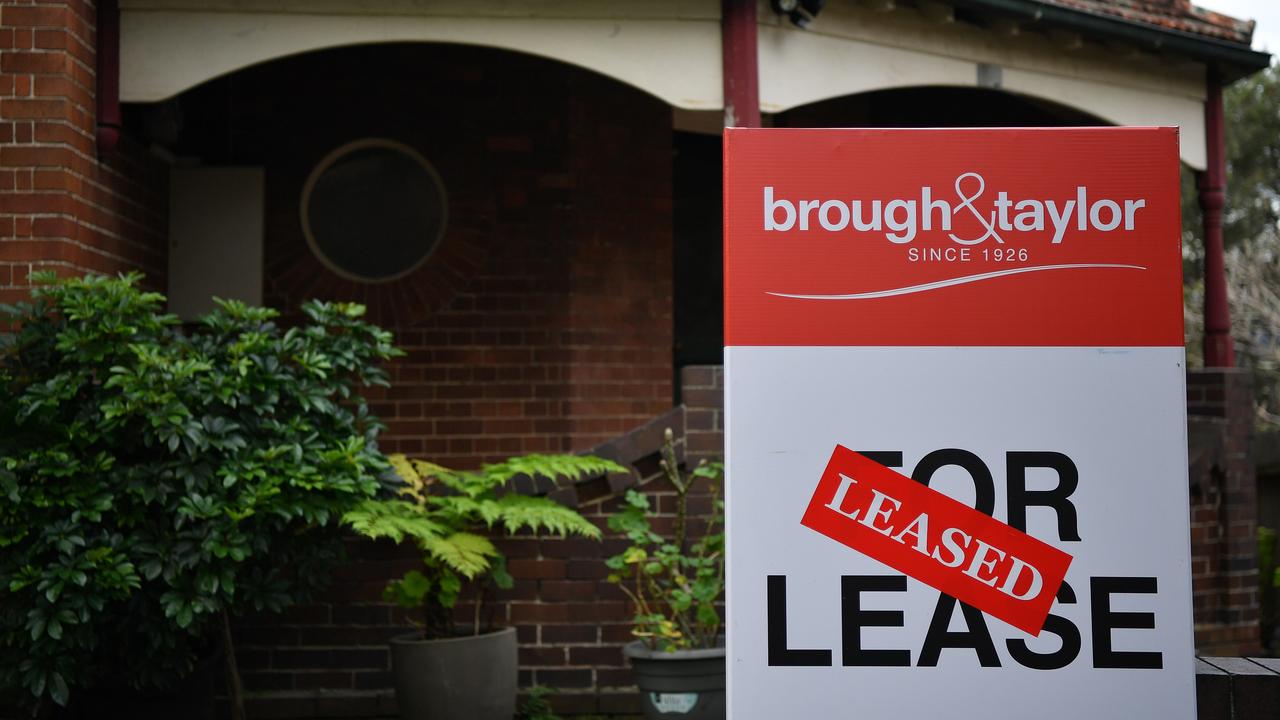Australia’s rental shortage has continued to worsen with the total number of listings falling to a record annual low, a new report has revealed.
Released on Monday, new analysis from PropTrack has found the number of new rental listings fell 5.7 per cent in the year to September, as the rate of new builds eases, property investors exit the market, and Australia’s population grows at its fastest pace in more than a decade.
With a low volume of new listings coming to market, the total number of listings also fell to a record low after falling 7.1 per cent year-on-year.
According to PropTrack, national median weekly rents for advertised properties at the end of September were $550 a week, up a blistering 14.6 per cent compared with this time last year.
Competition for rentals is also strong, the report found. The average number of inquiries per listing rose from 24.5 a year ago to 24.8, with the number of days a property was advertised for lasting an average of just 20 days.
The data revealed the national rental vacancy rate fell to a fresh low of just 1.06 per cent in September, down from 1.3 per cent a year earlier.
PropTrack head of economic research Cameron Kusher said conditions in the rental market had pushed costs much higher and further increases could be expected.
“The rental market remains extremely challenged, with renters facing significant competition for the limited stock available for rent.” Mr Kushner said.
“From here, we expect rents will continue to climb in the major capital cities due to persistent low supply and strong demand. Outside of the major capital cities, we expect rental price growth to continue to slow, the availability of stock for rent to ease further and vacancy rates to start drifting higher.”
Amid a chronic supply shortage, tenants have been struggling with surging rental costs.
Recent quarterly inflation data, released by the Australian Bureau of Statistics, on Wednesday showed rents across the board jumped at a blistering pace of 7.8 per cent in the year to September.
Without a recent uptick in the real value of Commonwealth Rent Assistance by 15 per cent, rental costs would have surged even higher, the ABS found.
“This is the largest increase in Commonwealth Rent Assistance for 30 years and, while the increase applied for only part of the quarter, it reduced the overall increase in rents by 0.3 percentage points,” ABS head of price statistics Michelle Marquardt said on Wednesday.
The growing challenge of securing a rental property has coincided with a significant growth in Australia’s population, up 563,200 people – including 454,400 new migrants – over the year to March.
In the same period, new dwelling approvals tumbled by 17.3 per cent according to ABS figures.
